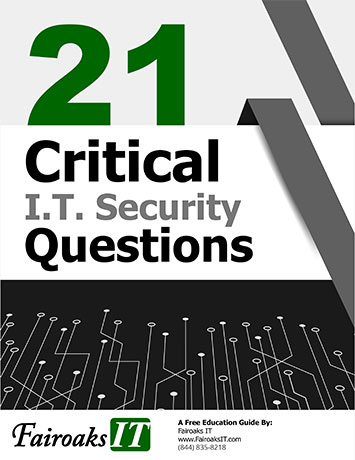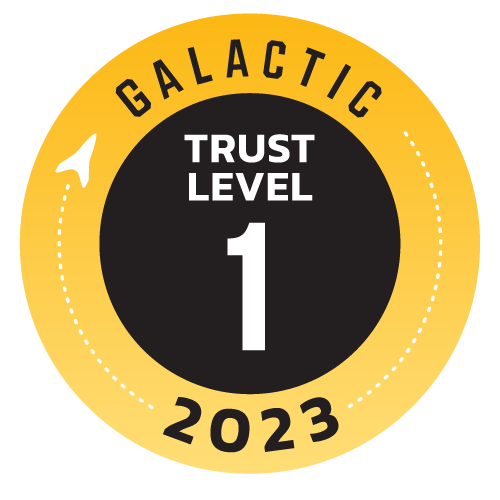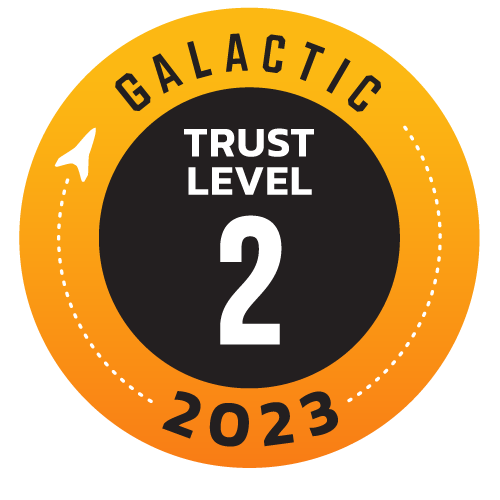The formula for profitability has been established for ages. Every business owner, CEO, freelancer and entrepreneur knows it. It is required by Generally Accepted Accounting Principles (GAAP), which is enforced by the SEC in the US and the International Accounting Standards Board internationally. GAAP’s fundamental formula for profit is simple: Sales – Expenses = Profit
There is just one problem…the formula hurts profitability. There is a reason that 21 million out of 28 million small businesses in the US are surviving check to check. It’s not that 21 million people are smart enough to start and build a business, yet not smart enough to turn a profit—it’s that they are relying on a flawed formula. “Sales – Expenses = Profit” is a lie. The formula doesn’t yield a profit.
Logically, of course, the formula is sound. A business must first sell in order to generate inbound cash flow. Then the business deducts the expenses utilized to deliver its product or service and to run its operations. What remains is profit.
While the GAAP formula makes logical sense, it ignores the fact that it is managed by people. We are, first and foremost, emotional beings, prone to ignore (or even defy) logic.
Arguably, money is the ultimate resource. In GAAP’s “Sales – Expenses = Profit” formula, the business owner sees the cumulative deposits (resource) from sales and has a propensity to conclude that all the money is available for expenses (the demand expands to match the supply). The new equipment purchase is justified because the money is there. A new hire starts, because the money is there. Profit? It is an afterthought. Therefore, there rarely is any.
Now consider a new formula, where a business takes profit first: Sales – Profit = Expenses
Mathematically, the formula is identical to GAAP’s. But from the perspective of human behavior, the Profit First formula is radically different. In the Profit First formula, a preset percentage of deposits generated through sales are first allocated to profit. The remainder is used to pay expenses.
In practice, as deposits from sales come in, a predetermined percentage—for example 15%—is immediately transferred to a separate profit account. The remainder is available for the business leader to run business as usual. The business owner will see his available cash (which has had the profit already deducted) and make decisions accordingly. The new equipment purchase may be delayed, or a more cost-effective alternative may be found. A new hire won’t be made because the money is not there, and perhaps the entrepreneur will conclude it was unnecessary in the first place.
GAAP offers so much more in business insights than most entrepreneurs could imagine, but it does fall short on working with an entrepreneur’s “bank balance” habit. I have become an advocate for the Profit First approach to cash management, because of the one thing it does do extremely well. It works with the natural habit of business owners.
Profit First has transformed my own businesses for the better (if you consider consistent profits better). Admittedly, Profit First is not the panacea to all cash-flow problems, but it surely makes profit a habit.
 MIKE MICHALOWICZ (pronounced mi-KAL-o-wits) started his first business at the age of 24, moving his young family to the only safe place he could afford – a retirement building. With no experience, no contacts and no savings, he systematically bootstrapped a multimillion-dollar business. Then he did it again. And again. Now he is doing it for other entrepreneurs. Mike is the CEO of Provendus Group, a consulting firm that ignites explosive growth in companies that have plateaued; a former small-business columnist for The Wall Street Journal; MSNBC’s business makeover expert; a keynote speaker on entrepreneurship; and the author of the cult classic book The Toilet Paper Entrepreneur. His newest book, The Pumpkin Plan, has already been called “the next E-Myth!” For more information, visit http://www.mikemichalowicz.com/
MIKE MICHALOWICZ (pronounced mi-KAL-o-wits) started his first business at the age of 24, moving his young family to the only safe place he could afford – a retirement building. With no experience, no contacts and no savings, he systematically bootstrapped a multimillion-dollar business. Then he did it again. And again. Now he is doing it for other entrepreneurs. Mike is the CEO of Provendus Group, a consulting firm that ignites explosive growth in companies that have plateaued; a former small-business columnist for The Wall Street Journal; MSNBC’s business makeover expert; a keynote speaker on entrepreneurship; and the author of the cult classic book The Toilet Paper Entrepreneur. His newest book, The Pumpkin Plan, has already been called “the next E-Myth!” For more information, visit http://www.mikemichalowicz.com/









